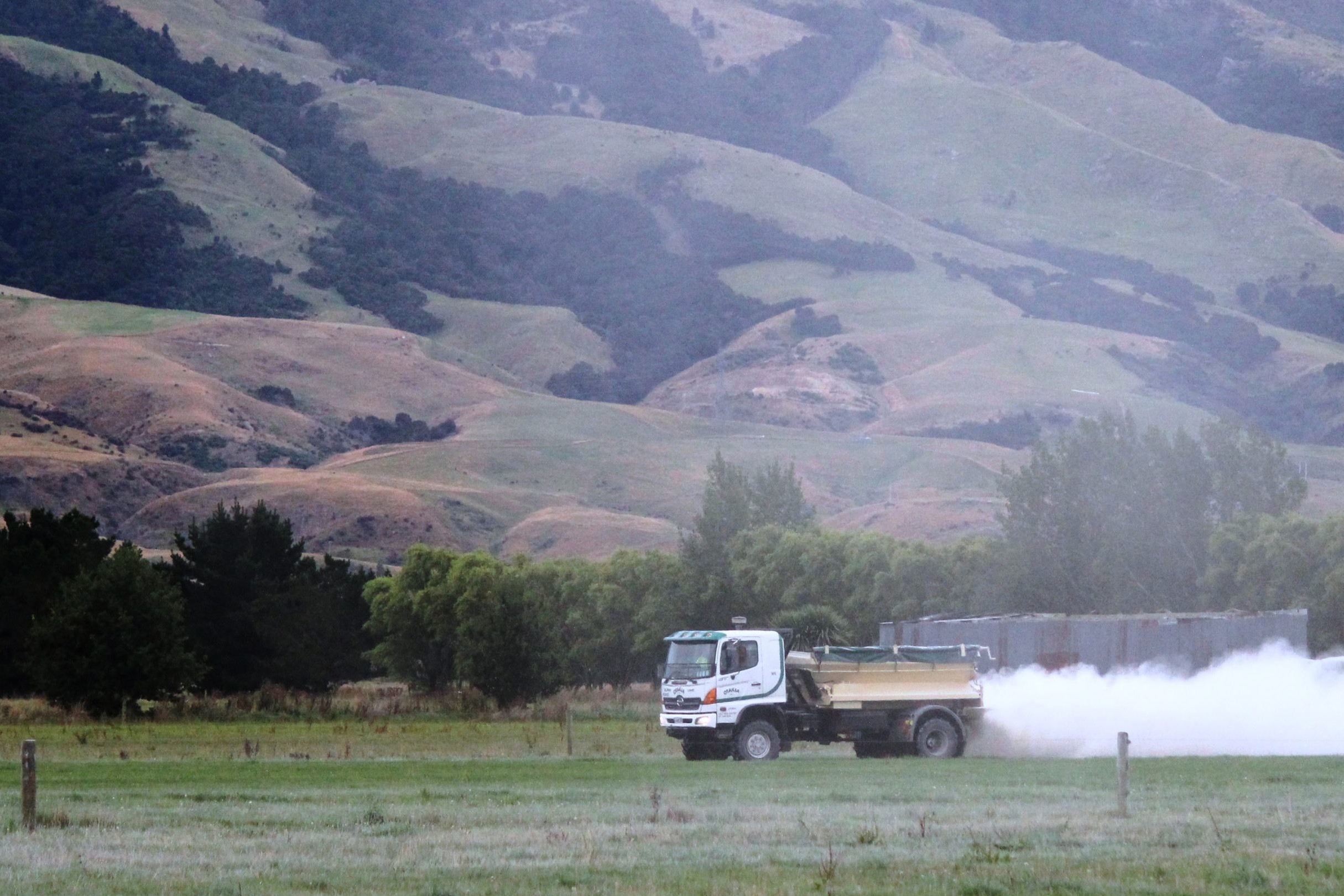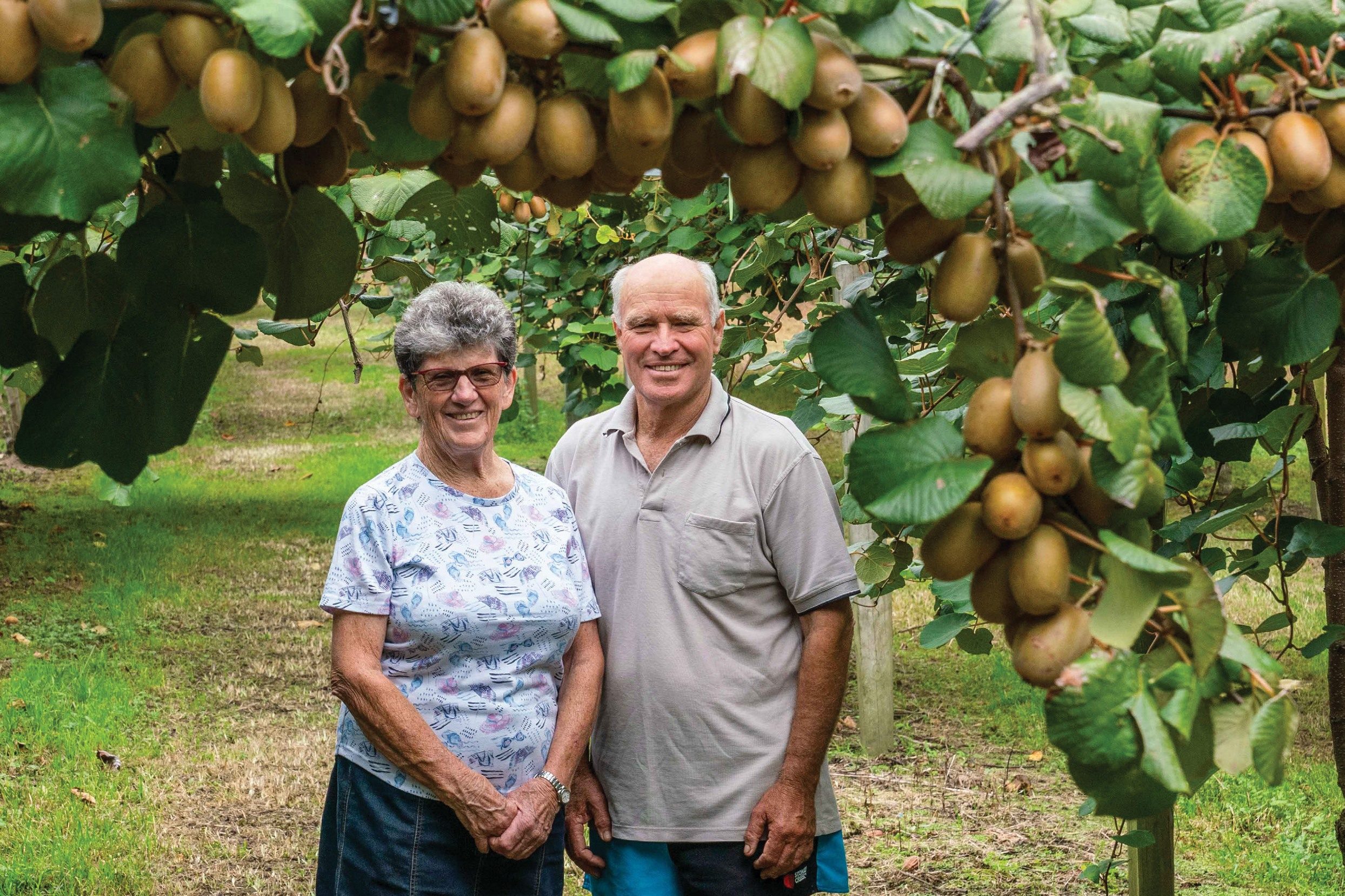By VIRGINIA SERRA
Fertiliser is one of the biggest operating expenses onfarm, and the response to nitrogen (N) fertiliser in summer can be low and unprofitable on some farms.
With the new cap on synthetic nitrogen fertiliser in place this season, reducing applications over summer is a strategy many farmers are considering.
In summer, soil mineralisation rates are high and clover is growing. If soils already have enough N, applying more may not result in additional growth or be economic.
As part of DairyNZ’s work with partner farms in Selwyn and Hinds, some farmers have significantly reduced N applications over January and February, with little impact on pasture consumption. This has required careful planning but resulted in farmers saving money on fertiliser, while maintaining production levels.
Spreading effluent on paddocks is an alternative source of N to fertiliser and can allow you to reduce applications.
Not every farm is in a position to make these changes, but it’s worthwhile considering if it’s right for your farm.
Clover cover is one factor that will affect whether you can reduce N applications – clover fixes N in the soil, providing an alternative N source to fertiliser. Established pastures with good clover cover could receive less N, whereas new pastures or areas with less clover cover will benefit more from continuing N applications.
In addition, check your soils have good pH levels and adequate levels of potassium, phosphorus and other key minerals. A deficiency in any key mineral can limit pasture growth. A clover health profile is also recommended to check if clover will flourish over summer.
Spreading effluent on paddocks is an alternative source of N to fertiliser and can allow you to reduce applications.
You’ll also need to consider if you want to apply N to boost pasture growth for feed in future months.
With some good forward planning, a number of partner farms in Canterbury have reduced N applications to 15-20kg a month in January and February. Many have applied other nutrients through fertilisers, so that they can apply N at low levels.
Some farmers skip N applications in January and February on areas which don’t benefit from it – like areas with high clover content or which receive effluent.
Deciding on reduced N applications is something best discussed with a trusted advisor.
Some partner farms found the changes didn’t work for them, as it affected milk production, so plan your approach and talk through the issues with an advisor, to consider if it suits your farm.
They can also help consider local issues, such as rainfall and weather conditions, which affect N response.
If changes this summer can’t be made, you may want to focus on improving your clover cover for next summer to give you the option to make future changes.
More? On managing N fertiliser use online at www.dairynz.co.nz/N-use.
- Virginia Serra is DairyNZ project leader – Selwyn Hinds.





